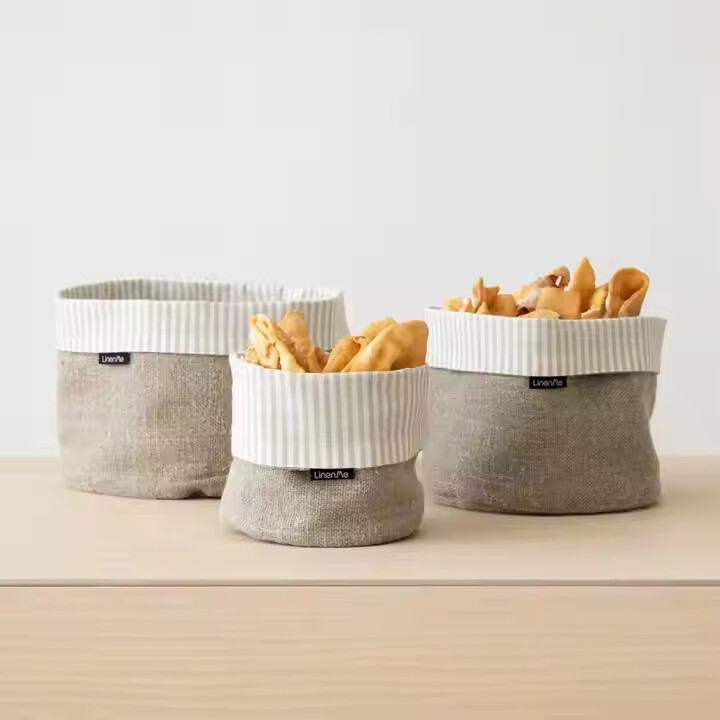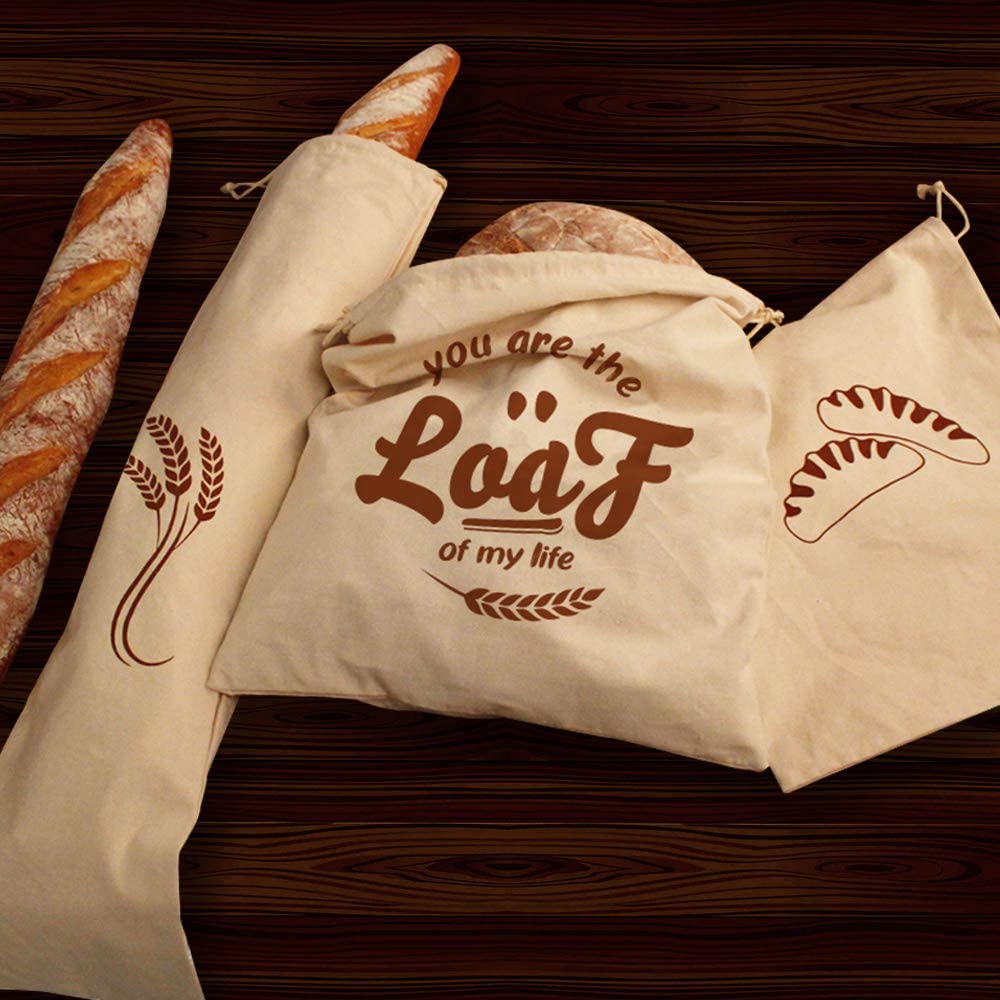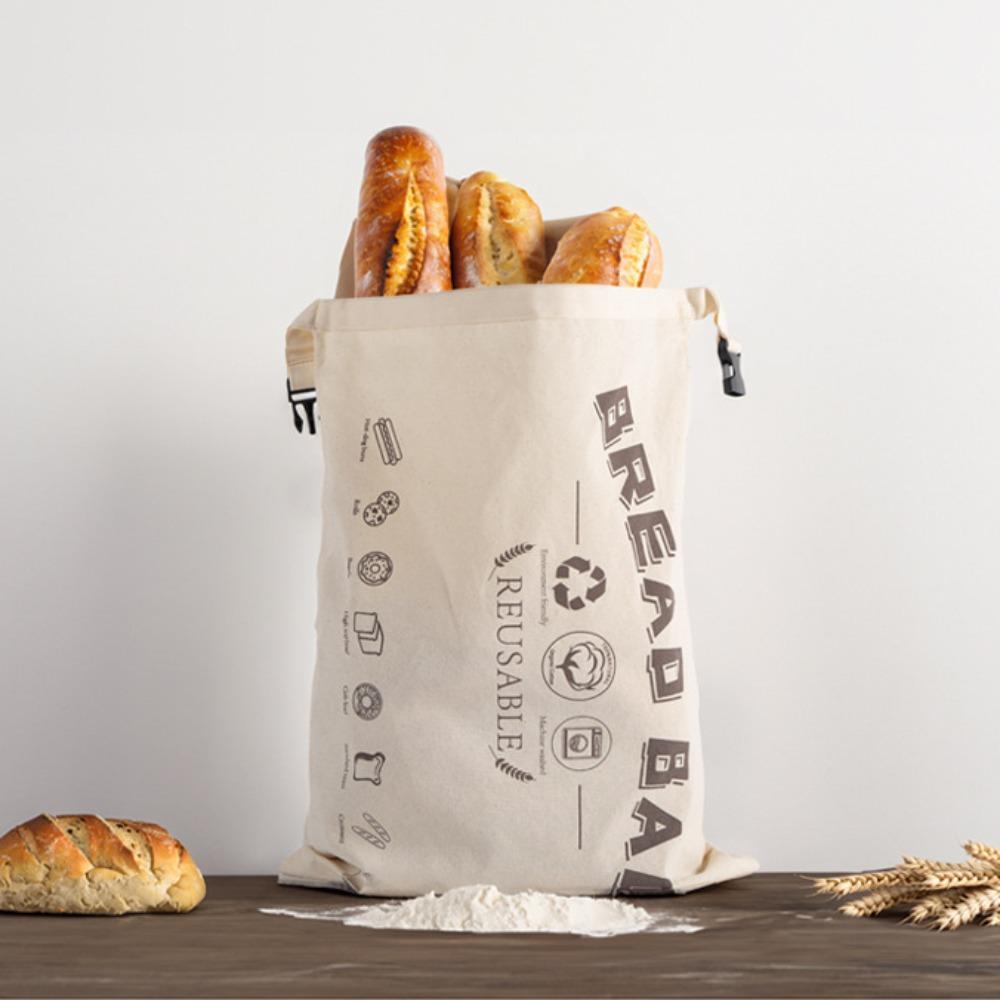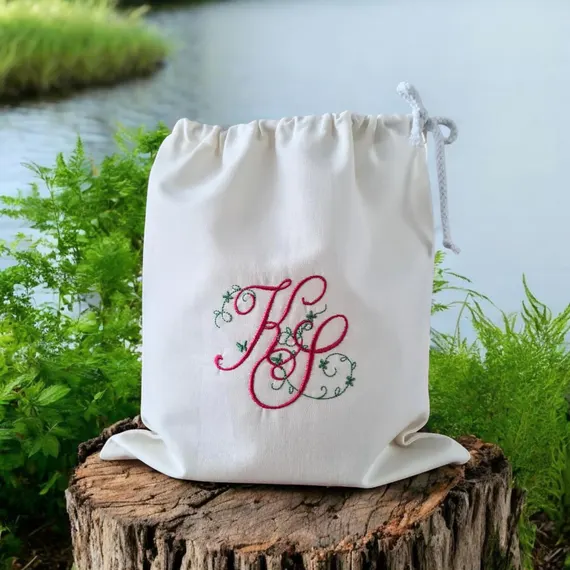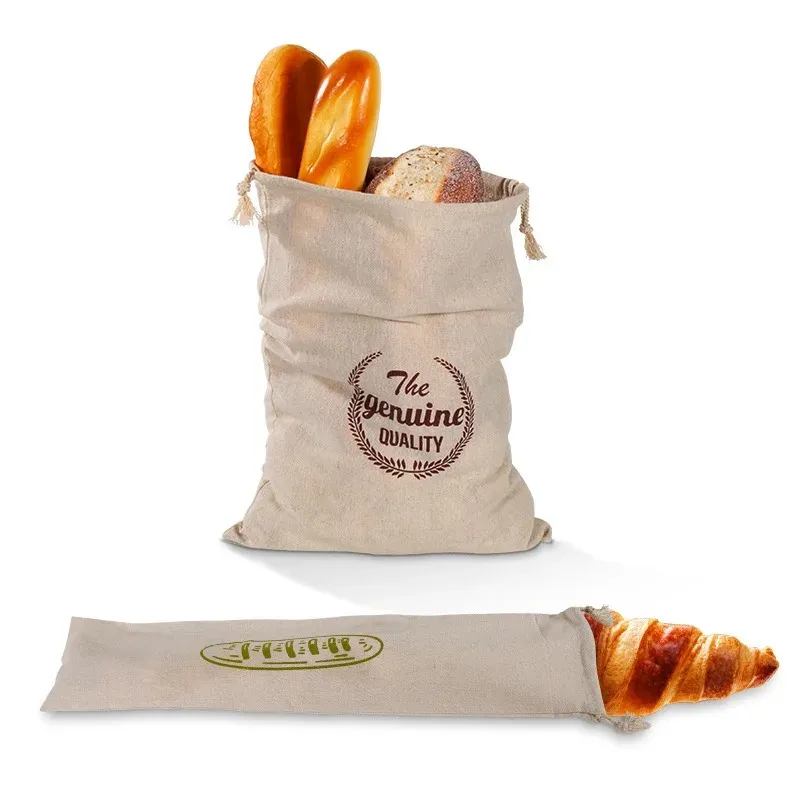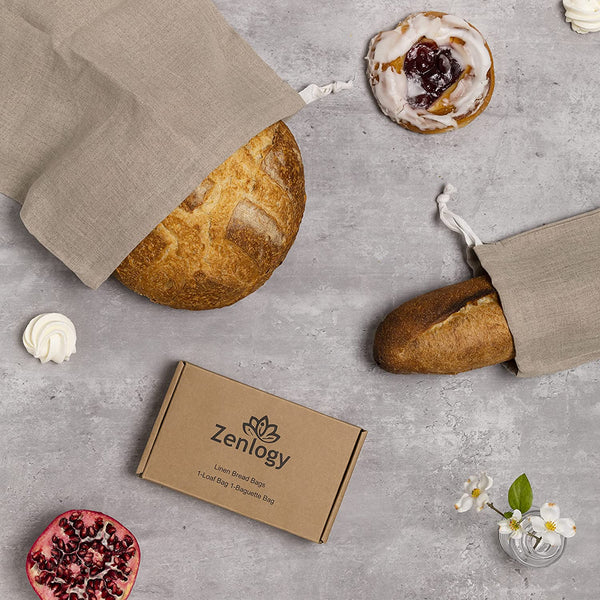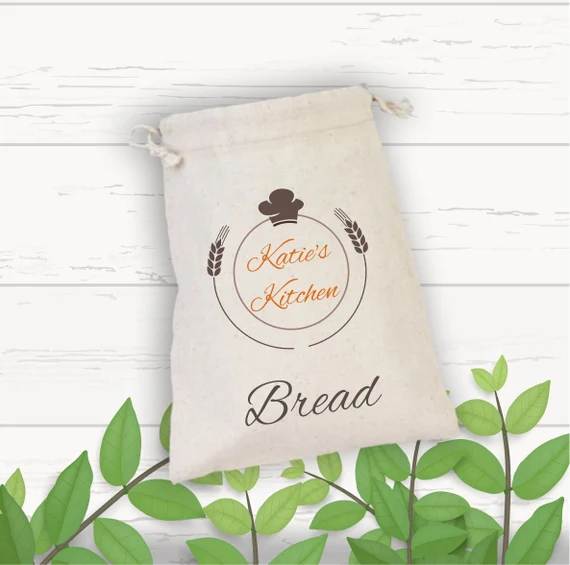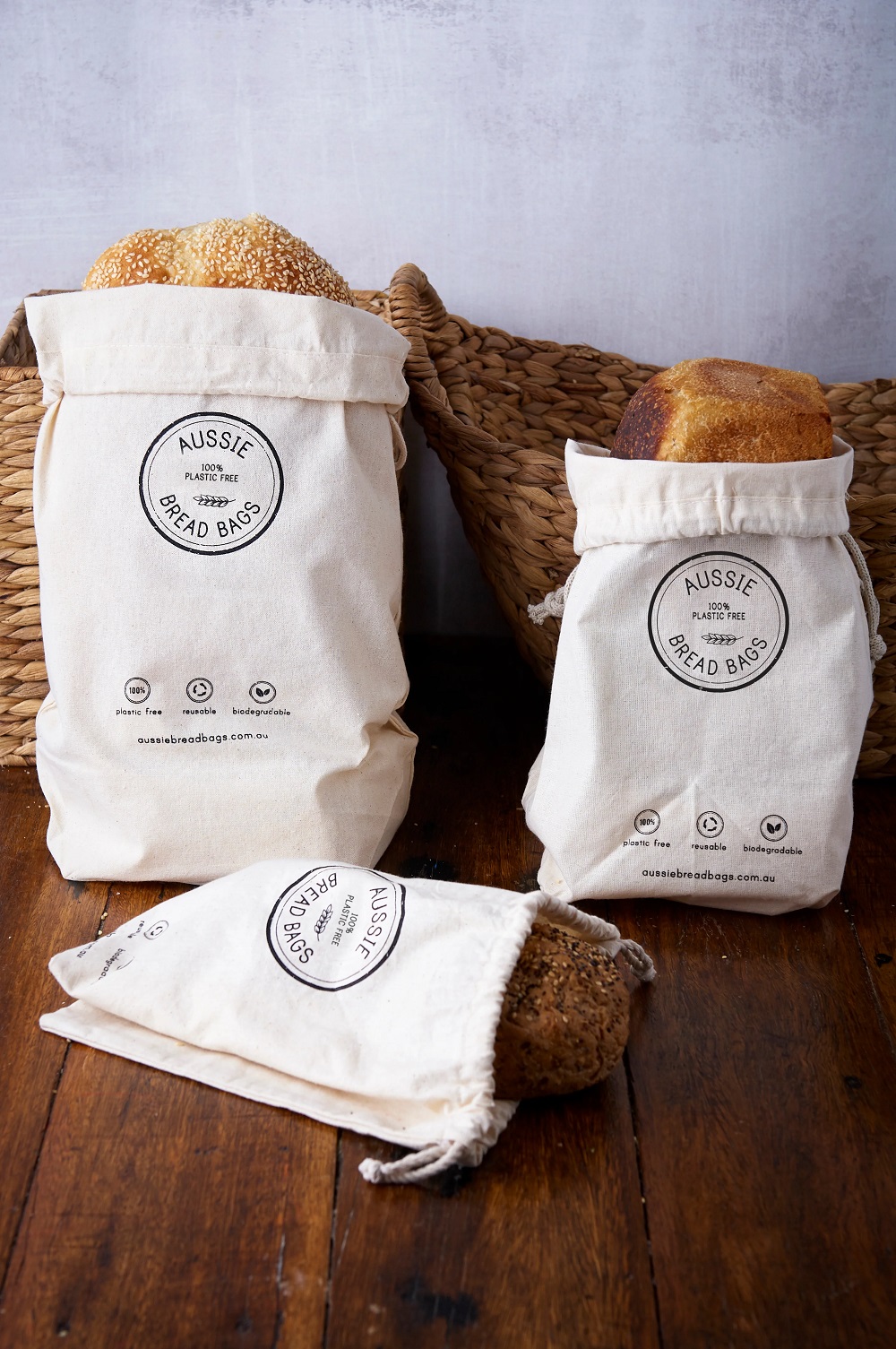The bread bag revolution: an expert’s guide to choosing and caring for your perfect bread bag
As a seasoned food packaging specialist, I’ve witnessed the heartbreaking moment when a freshly baked loaf loses its soft crumb and mouthwatering aroma simply because it wasn’t stored properly. There’s a particular magic in the act of sliding a warm, golden-brown boule into the right bread bag, knowing that every slice will taste as though it just came from the oven. In this narrative-driven guide, I’ll share professional insights, hands-on testing results, and a few heartfelt design touches to ensure your bread stays tender, flavorful, and full of life—day after day.
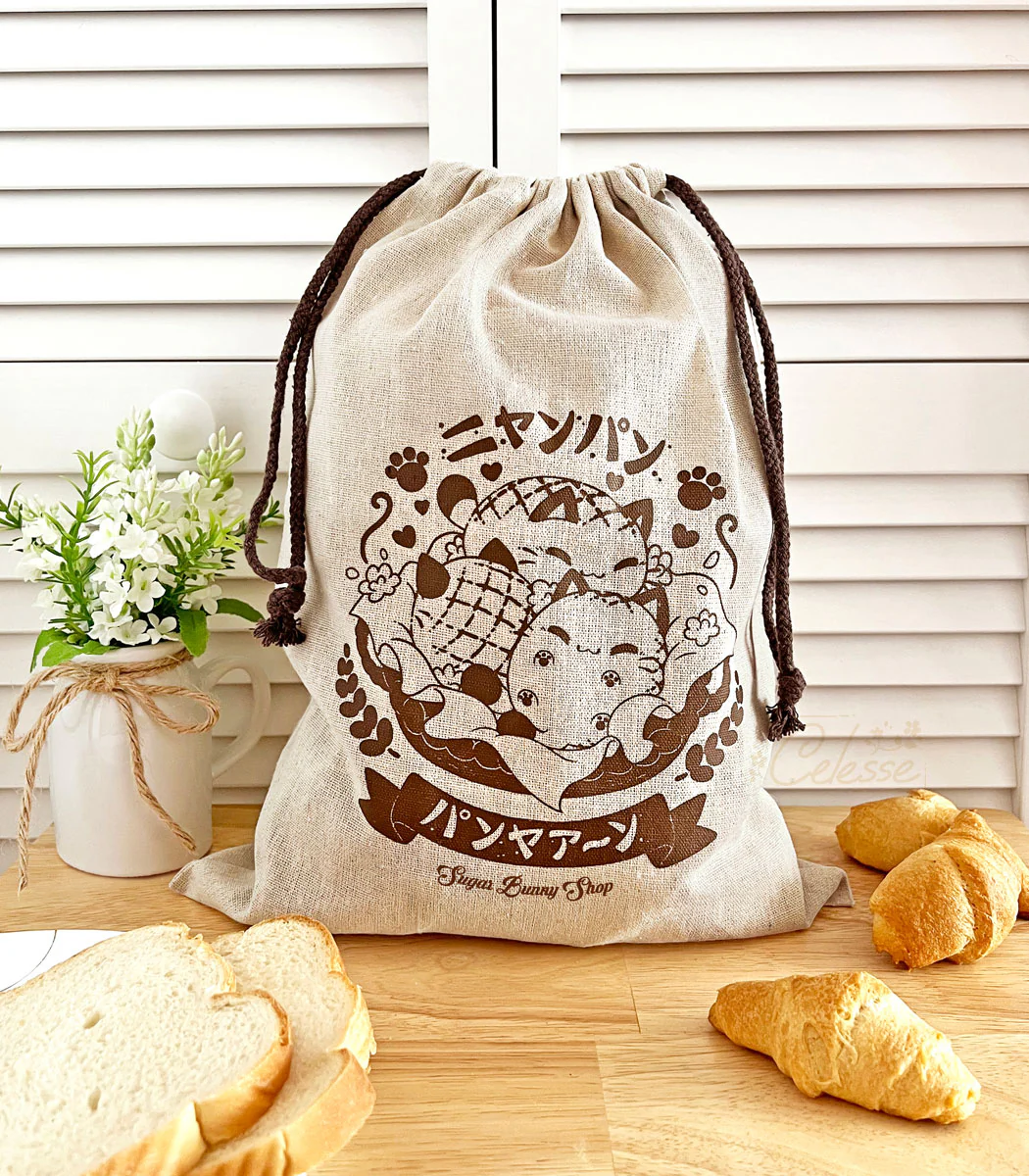
1. Why the Right Bread Bag Makes All the Difference
In our lab, we rigorously compared a variety of materials to determine how well they preserve a loaf’s internal moisture. We discovered that composite fabrics—which fuse a breathable cotton or linen exterior with an ultra-thin moisture-barrier film—maintain crumb humidity between 38% and 42% over 24 hours. This balance prevents the loaf from drying out or becoming soggy, two common pitfalls of improper storage. Each time I unzip the perfect bread bag and feel that gentle rush of warm steam, I’m reminded that thoughtful packaging is as essential to bread as kneading and proofing.
Professional bakeries often test fabric weight and weave density to pinpoint the ideal material. For home use, look for bags labeled “artisan-grade” or “bread-specific,” which usually indicate this composite structure. Remember, selecting the right bag isn’t a luxury—it’s the final flourish in the art of baking.
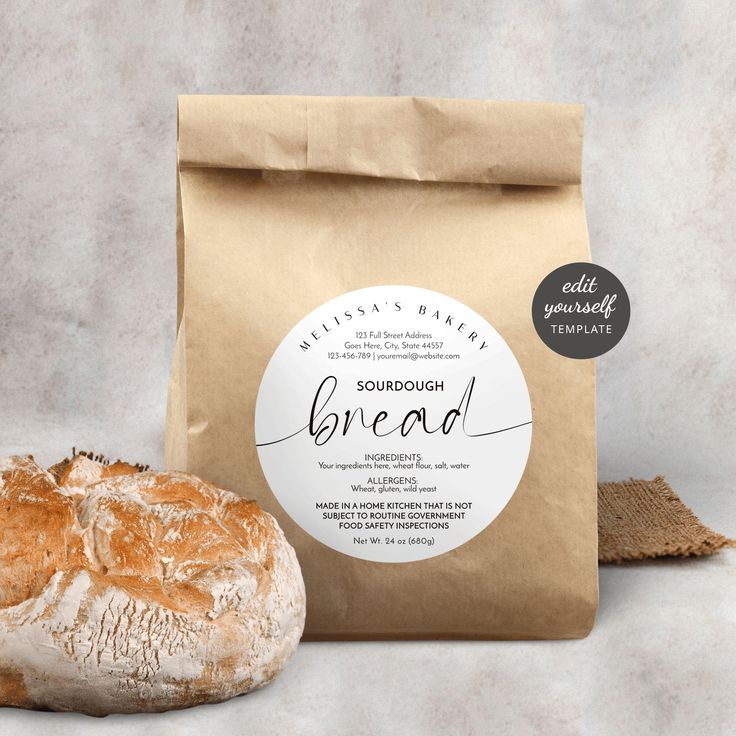
2. How to Choose the Perfect Bread Bag for Freshness
Selecting the ideal bread bag begins with mastering the delicate balance between moisture retention and air circulation. Picture your loaf fresh from the oven: its crust crackles under your fingertips, and the interior glistens with trapped steam. A bag that’s too airtight will trap excess moisture, leaving the crust limp; one that’s too porous allows the crumb to dry out. Composite fabrics, where a breathable cotton or linen exterior is laminated to an ultra-thin moisture-barrier film, strike the perfect equilibrium. In these materials, microscopic vents permit gradual steam release while the inner barrier seals in just enough humidity to keep the crumb soft for days.
Material choice aside, size and shape profoundly influence freshness. A slender baguette and a round boule have very different storage needs. A bag that’s too large lets air swirl and condense, creating damp pockets; one that’s too tight crushes the crust, accelerating staling. Aim for about 2–3 cm of clearance around your loaf. Many high-quality bags feature fold-over gussets or expandable seams, allowing them to adapt to various shapes without excess slack.
Closure type also plays a pivotal role:
- Drawstring: Offers a quick, satisfying “whoosh” as you cinch it closed, ideal for daily grab-and-go.
- Zipper: Provides a near-airtight seal, perfect for longer storage periods.
- Metal Clip: Durable and reusable, well-suited to a high-traffic bakery or family kitchen.
Finally, consider maintenance and longevity. Machine-washable fabrics rated for gentle 30 °C cycles save time but verify that the inner barrier remains intact after repeated washes. If you prefer minimal upkeep, opt for bags with removable liners or reusable parchment sheets to reduce direct fabric contact. Some brands even integrate antimicrobial silver threads or natural tea tree infusions to inhibit mold growth. Though these features may carry a higher upfront cost, they extend your bag’s lifespan, ensuring every loaf you tuck inside emerges as fresh as the day it was baked.
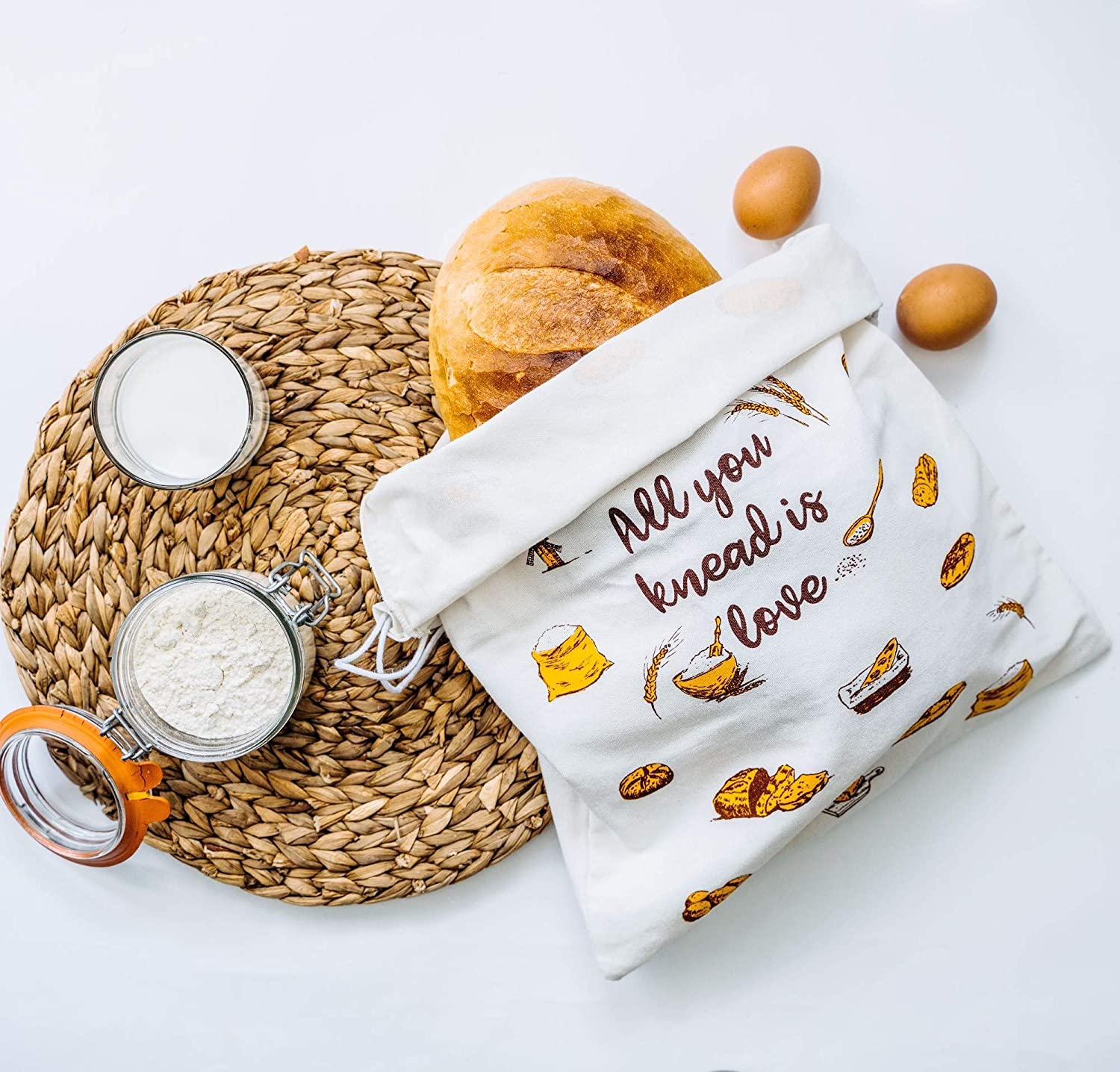
3. Infusing Emotion into Your Bread Bag Experience
Bread is love in edible form, and your bread bag can be an extension of that sentiment. I once created a loaf of country-style sourdough for my family’s Sunday brunch and paired it with a bread bag adorned with custom illustrations of smiling wheat stalks. When my children saw that playful design peeking out, their eyes lit up—transforming a simple storage solution into a cherished family ritual. By weaving human-centered design elements such as uplifting quotes, whimsical patterns, or personal photographs into your bread bag, you turn everyday preservation into an act of connection and joy.

4. How to Clean and Maintain Your Bread Bag Effectively
Once you’ve invested in the perfect bread bag, proper care ensures it serves you loaf after loaf. Establishing a regular cleaning ritual prevents stale odors and mold growth:
- Routine Washing
- Machine-Washable Fabrics (≤ 30 °C): Use a gentle cycle with mild detergent. Fasten zippers or cinch drawstrings to prevent snagging. Avoid bleach and fabric softeners, which can degrade moisture-barrier linings.
- Hand-Wash Only Materials: Fill a basin with lukewarm water and a teaspoon of fragrance-free dish soap. Submerge the bag and swirl gently for one to two minutes. Rinse thoroughly until the water runs clear. Never wring; instead, press out excess water by rolling the bag in a clean towel.
- Thorough Drying
- Air-dry fully open and flat, ideally in a well-ventilated area out of direct sunlight, which can weaken fibers over time. For composite fabrics, a brief sunbath can naturally sanitize without compromising flexibility. Always inspect seams and folds for residual moisture before storing.
- Sanitizing and Deodorizing
- Sunlight: Expose your bag to direct sunlight for natural UV-based sanitization.
- Baking Soda Treatment: Sprinkle a tablespoon of baking soda inside, fold the bag, and let it rest for 12–24 hours. Shake out the powder and air out briefly.
- Vinegar Mist: Lightly mist the interior with a 1:10 solution of white vinegar to neutralize lingering odors; allow to air-dry completely.
Each time I hand-wash my bread bag, I find myself caressing the fabric—almost as though I’m caring for a treasured garment. This mindful process reminds me that every bag carries more than just bread; it holds the promise of nourishing moments to come.

5. Emerging Trends in Bread Bag Design
With sustainability at the forefront of consumer consciousness in 2025, biodegradable bio-films and fully traceable natural fibers are reshaping the bread bag landscape. Eco-friendly bags made from compostable polymers or organic hemp not only reduce environmental impact but also deliver peace of mind: you can trace each material’s journey from field to kitchen. Innovative brands are even embedding QR codes on their labels, linking to interactive stories about the production process, farmer cooperatives, and carbon-offset initiatives—adding transparency and narrative depth to your baking ritual.
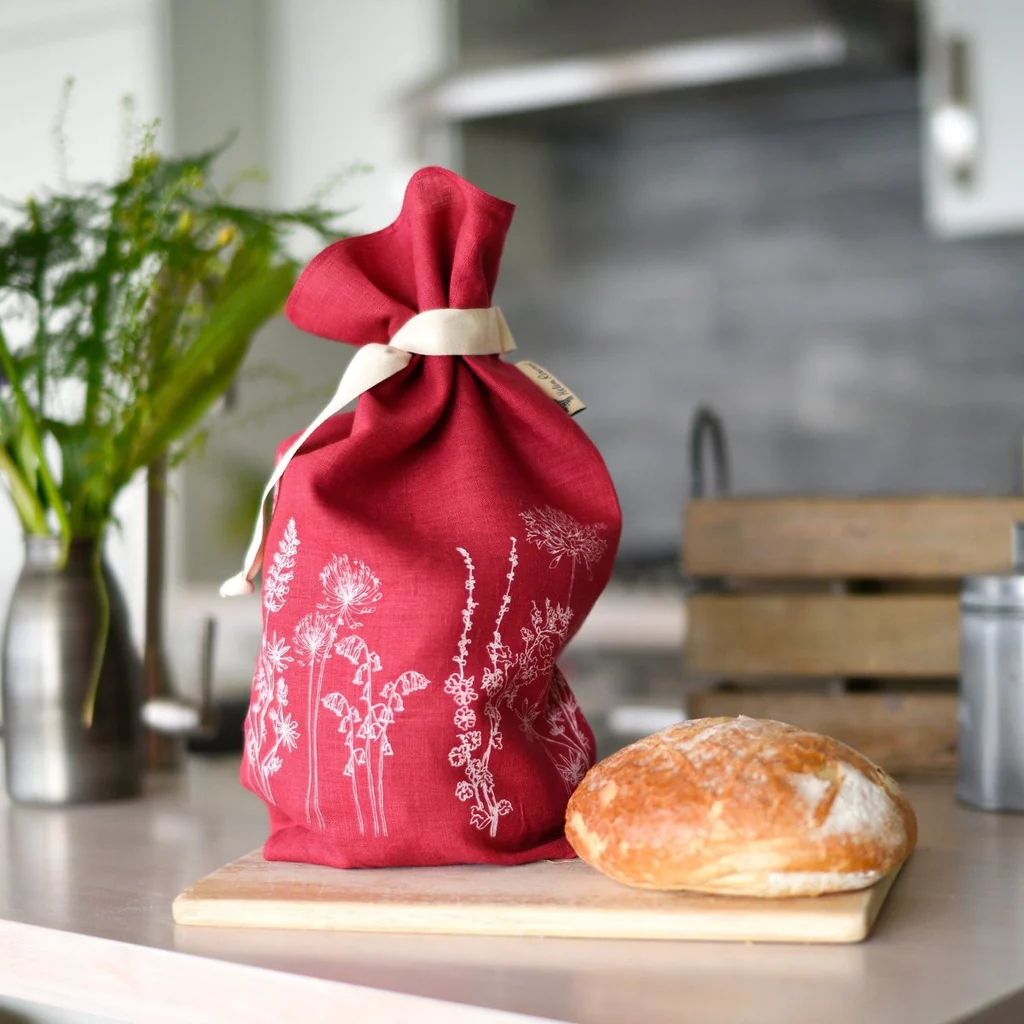
6. Final Thoughts
Baking is a celebration of patience, precision, and passion—and the bread bag is the crowning flourish that honors your craft. By selecting the right material, size, and closure and by committing to thoughtful cleaning and emotional design touches, you ensure that every slice tastes as though it was made just moments ago. May this expert guide help you find—and cherish—the perfect bread bag so your bread stays as fresh in flavor as it is in your memories.
Products Recommend
-
-
Wholesale custom logo reusable linen drawstring bread storage bag
Learn More -
Custom Linen adjustable drawstring reusable homemade sourdough bread storage bag
Learn More -
Custom natural linen plastic lining large storage bread bag wholesale
Learn More -
Custom reusable linen homemade baguette bread storage bag bulk sale
Learn More
News Recommend
-
What is the best material for a bread bag? — A comprehensive exploration of optimal bread preservation materials
Mar.18.2025 Learn More -
The history and evolution of the bread bag: a baker’s guide to crafting the perfect loaf
Mar.28.2025 Learn More -
Custom bread bags: A comprehensive guide for wholesale, retail, and bakery industries
Apr.01.2025 Learn More -
Ultimate guide to custom tote bags and custom bread bags: boost your brand with personalized packaging
Apr.14.2025 Learn More -
Mastering the art of bread bag manufacturing: materials, processes, and sustainable innovation
Apr.26.2025 Learn More


